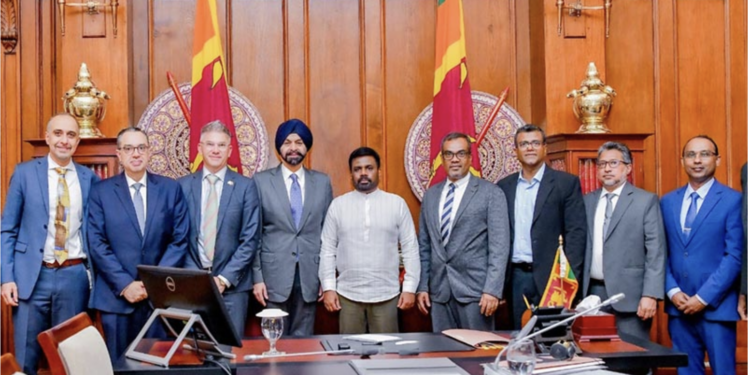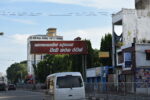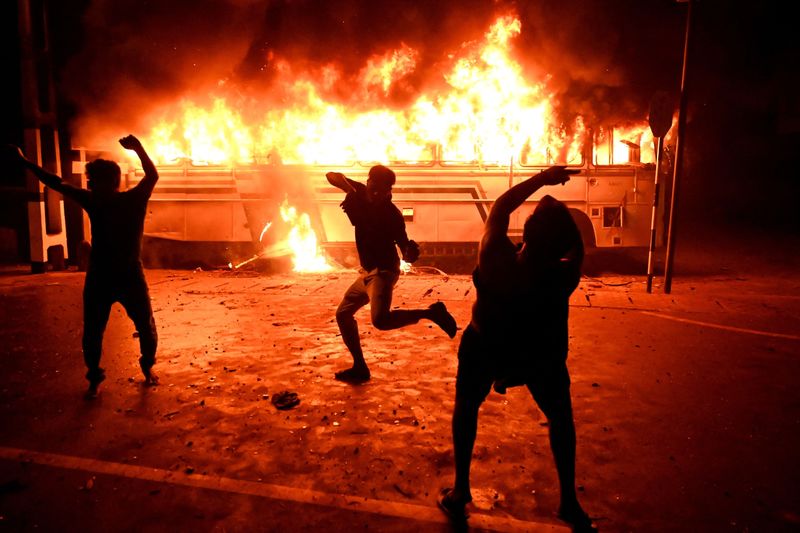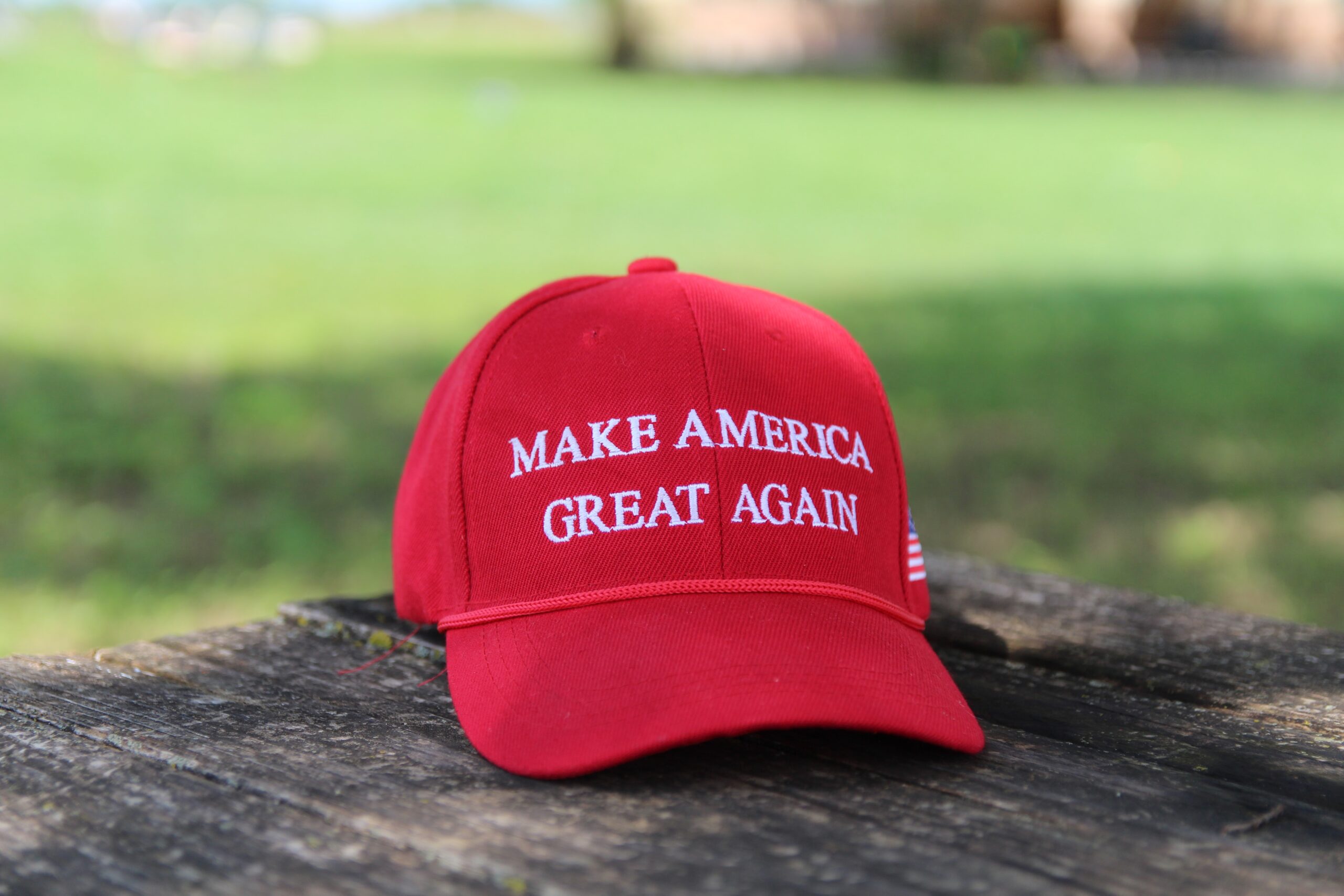A Billion-Dollar Bridge to Recovery: Sri Lanka’s Bold Turnaround Plan Backed by World Bank

In a decisive step toward national renewal, Sri Lanka has secured a $1 billion funding package from the World Bank, a vital endorsement of the country’s ongoing recovery from its worst economic collapse since independence. Announced on Wednesday in Colombo, the agreement follows a high-level meeting between World Bank President Ajay Banga and Sri Lankan President Anura Kumara Dissanayake.
The loan, to be disbursed over a three-year period, targets revitalization in agriculture, tourism, and energy, three sectors seen as critical to both job creation and long-term economic resilience. It also signals growing international confidence in Sri Lanka’s reform trajectory.
“With progress underway to stabilise the economy and restart growth, core elements for job creation are in place,” Banga remarked. “Now is the time to accelerate reforms and create the conditions for private enterprise to thrive, particularly in sectors that can create jobs at scale.”
From Collapse to Confidence
Sri Lanka’s economic collapse in 2022 was swift and severe. Foreign currency reserves dried up, essential imports came to a halt, and street protests toppled the government. The country defaulted on $46 billion in external debt, plunging into a crisis that exposed deep structural weaknesses.
But the political shift that followed opened the door to sweeping reforms. Under former President Ranil Wickremesinghe, a $2.9 billion bailout from the International Monetary Fund (IMF) provided breathing room for stabilization. Fiscal discipline was imposed, revenues were shored up, and debt restructuring talks began. The arrival of President Dissanayake in 2024 brought renewed energy to the reform agenda, with added focus on equitable development, digitalization, and rebuilding underserved regions like the North and East.
The World Bank’s new package is more than financial support; it’s a blueprint for transformation. It aims to attract over $800 million in private capital and includes $40 million in guarantees to unlock investment in strategic sectors. The initiative comes at a pivotal time: nearly one million young Sri Lankans are expected to enter the workforce in the next decade, yet current projections show only 300,000 jobs will be created unless new growth engines are activated.
Reform Amid Risk
There are green shoots. In 2024, Sri Lanka posted 5.0% GDP growth—its first positive figure since the onset of the crisis and a notch above the World Bank’s own projection of 4.4%. Inflation has eased from its peak, and investor sentiment is cautiously improving. Still, the road ahead is far from smooth.
Poverty remains stubbornly high, and a fragile middle class continues to wrestle with elevated living costs. Meanwhile, looming global headwinds could undercut progress. Chief among them: Sri Lanka’s trade standoff with the United States.
Washington recently imposed a steep 44% “reciprocal tariff” on Sri Lankan exports, though its enforcement has been temporarily paused for 90 days. With the U.S. accounting for nearly 25% of Sri Lanka’s $12 billion in merchandise exports, any trade disruption could severely impact the recovery. Colombo has chosen diplomacy over retaliation, with hopes of securing a negotiated resolution that preserves this vital trade channel.
A New Chapter
President Dissanayake’s government has signaled a clear intent to deepen reforms and expand opportunity. His talks with Banga included discussions on advancing infrastructure, modernizing agriculture, and boosting tourism, a sector hard-hit by the crisis but rich in potential.
The timing of the World Bank’s intervention couldn’t be more crucial. With the IMF recently approving the fourth review of its Extended Fund Facility (EFF) agreement, and momentum building behind economic reforms, Sri Lanka is at a turning point.
This $1 billion loan, backed by technical support and private sector engagement, offers more than economic relief; it’s a vote of confidence in Sri Lanka’s future. The choices made now will determine whether this island nation can emerge from a crisis not only stabilized, but transformed.







